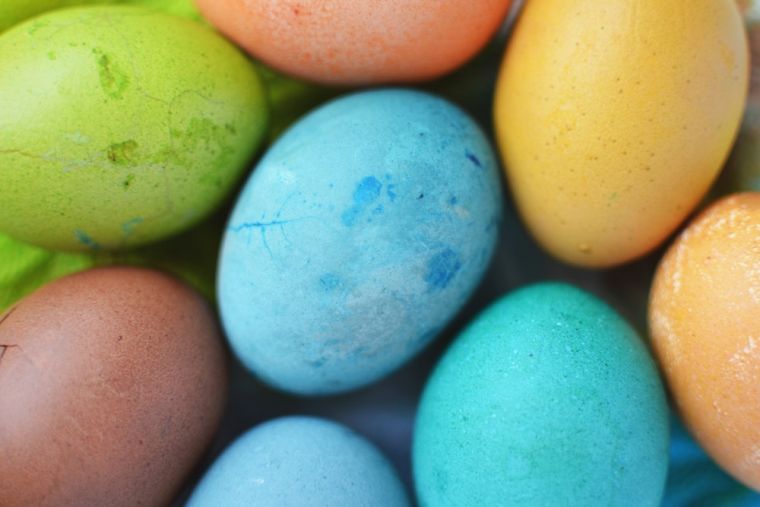Why do we have Easter eggs and the Easter Bunny at Easter?

Every Easter Sunday, you'll see the images of the cute and cotton-tailed Easter Bunny together with his colorful eggs. And yet, you wonder, what do they have to do with Easter? It's a fair question to ask given the popularity of this Easter tradition, so today, let's look back at the history of how the world came to love the Easter Bunny and welcome it wholeheartedly on the day Jesus rose from the grave.
Why the Easter eggs?
Easter eggs go way back in pagan times, even before Jesus came to Earth. According to History.com, eggs symbolize new life, which was often used as a symbol during the spring season. From a Christian standpoint, using the eggs also symbolizes new life when Jesus was resurrected from the tomb on Easter Sunday.
Why the need to decorate the eggs? It appears that the tradition goes back to the 13th century when eating eggs was prohibited during Lent. So instead, people painted and decorated the eggs to symbolize the end of fasting and penance. When Easter came, they ate the eggs as a form of celebration.
Why the Easter Bunny?
The origin of the Easter Bunny date back to 13th century pre-Christian Germany. According to the University of Florida's Center for Children's Literature and Culture, some people still worshipped gods and goddesses then, one of which was Eostra – the goddess of spring and fertility. The rabbit was her symbol because rabbits have high reproduction rates. With spring symbolizing new life and reinvigoration from the harsh winter, the bunny and the eggs gradually became interconnected.
Obviously, the rabbit can't lay an egg, so there's no reason to believe that. Yet, there's no harm in enjoying the activities that involve the Easter Bunny and the eggs on Easter Sunday. The kids love painting the eggs and hunting for them, too. Although these Easter traditions are fun, let's not forget the true meaning of Easter and what God has done for us.











